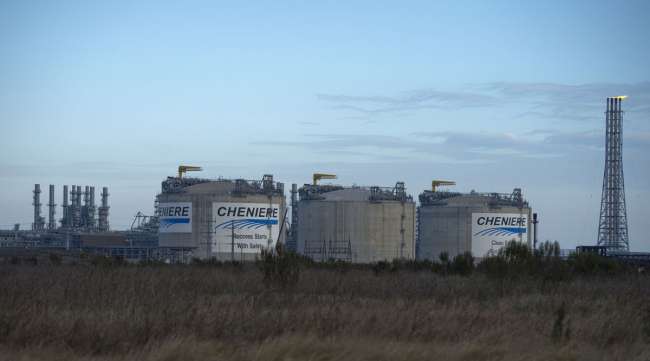US LNG Players Tout Carbon Capture in Bid to Boost Green Image

[Ensure you have all the info you need in these unprecedented times. Subscribe now.]
U.S. LNG developers seeking to burnish their green credentials and boost their competitiveness on a crowded global stage are touting a costly and largely untested technology: carbon capture.
Over the past 24 hours, both Cheniere Energy and Sempra Energy, two of the largest American exporters of liquefied natural gas, announced they were looking to add carbon capture and sequestration capabilities to their projects. Last month, Houston-based NextDecade said it would launch a separate carbon capture business unit.
The moves come as the industry works to clean up its image and bring a dozen stalled projects into development by landing contracts with environmentally conscious buyers in Europe and elsewhere. While American LNG is among the cheapest in the world thanks to abundant shale gas, its carbon footprint is significant. The European Union, a key U.S. export market, has sought to pressure American firms to slash their emissions as the bloc tightens its own carbon goals.
“The greening up of the value chain here in North America is something the sell side and buy side should follow because I suspect that it will make America increasingly competitive over time,” Sempra Chief Executive Officer Jeff Martin said during a earnings call May 5.

The year is 2039. Zero-emission, electric heavy-duty trucks roll past you on the highway. Charging ports are now commonplace at terminals and truck stops. Diesel-powered vehicles are becoming a thing of the past. You sit and wonder: How did we get here? Here, in 2021, Daimler Trucks North America's head of eMobility speaks to RoadSigns. Hear a snippet above, and get the full program by going to RoadSigns.TTNews.com.
Sempra is looking at adding technology that would capture and store carbon at its proposed Port Arthur LNG export terminal in Texas and its Cameron LNG plant in neighboring Louisiana, executives said. Also being considered: emissions-reducing electric turbines, power purchase agreements from renewables and hydrogen production capabilities.
Cheniere, the largest U.S. LNG exporter, is likewise looking to add carbon capture and storage to its Corpus Christi plant in Texas and Sabine Pass terminal in Louisiana, CEO Jack Fusco said in an earnings call May 4. The company also recently partnered with Dutch oil major Shell to send a carbon-neutral LNG cargo to Europe in April — boosting the Houston-based company’s environmental profile among overseas buyers.
“I think we’re committed and have committed some real dollars to development and engineering,” Fusco said. “I think our customers are going to expect us to continue to offer a sustainable LNG product.”
Still, the moves remain largely hypothetical, with neither company offering up a timeline or a budget for investing in the green projects they floated. While federal tax credits are available for carbon capture, the technology isn’t currently economic and hasn’t been deployed at a commercial scale.
And a cleaner footprint is no guarantee that the global LNG market will support the development of new export facilities. Annova LNG last month scrapped plans to build one of the greenest proposed export facilities in the U.S., citing “changes in the global LNG market.”
With LNG deal-making largely still on hold following the coronavirus pandemic, Sempra expects to delay a final investment decision on the Port Arthur project until 2022, which executives say also gives the company time to strengthen the proposed export terminal’s environmental profile.
Want more news? Listen to today's daily briefing below or go here for more info:




